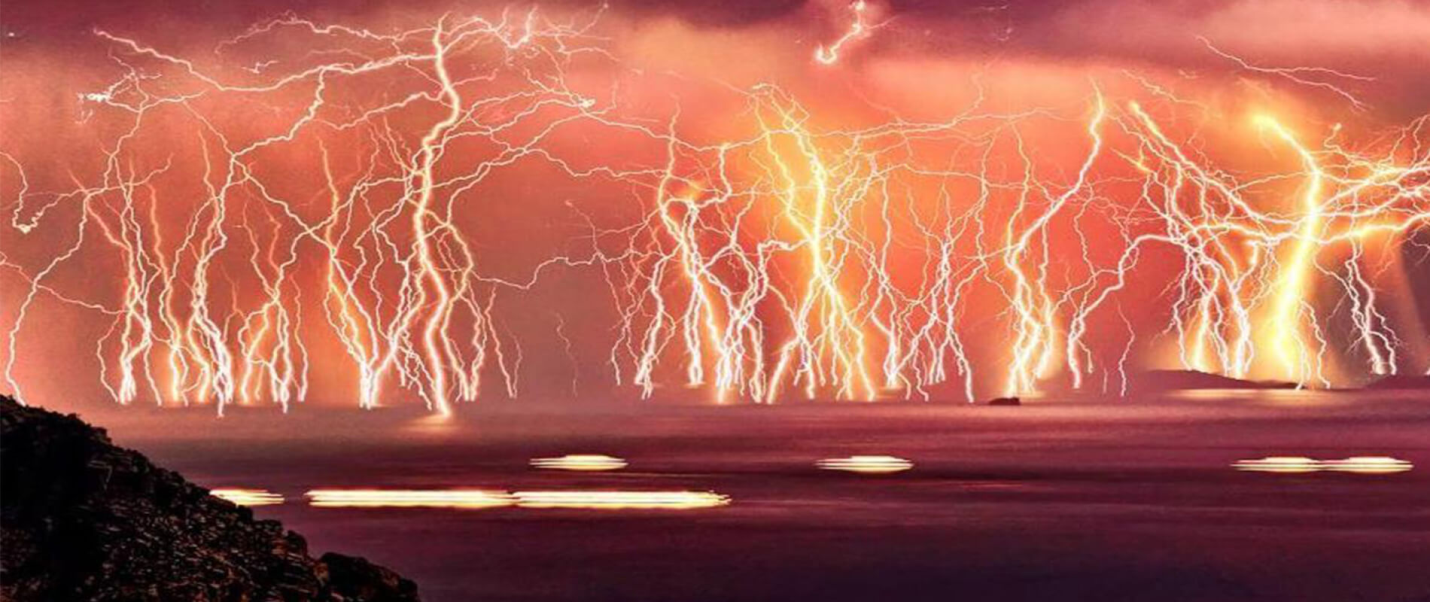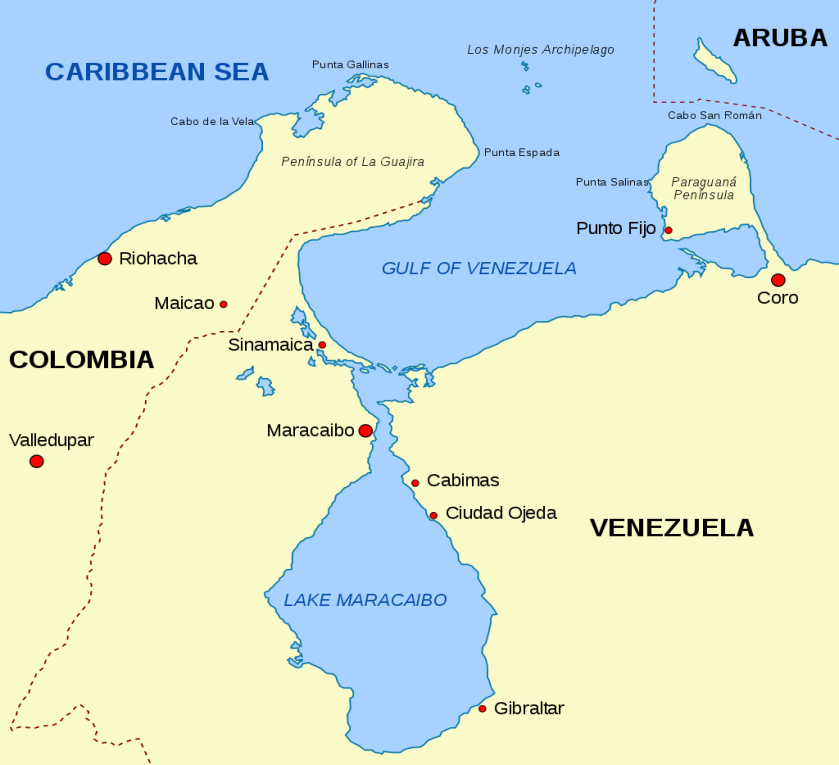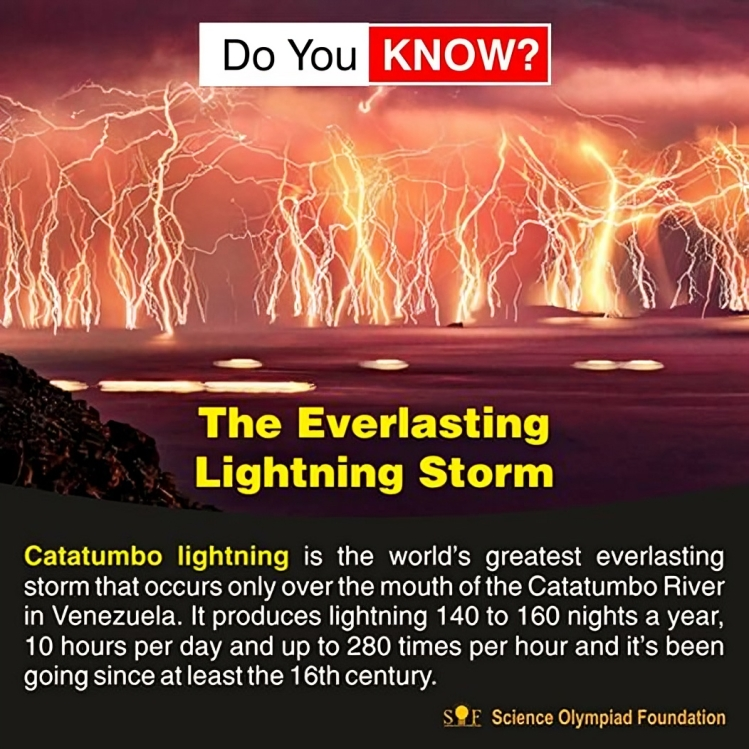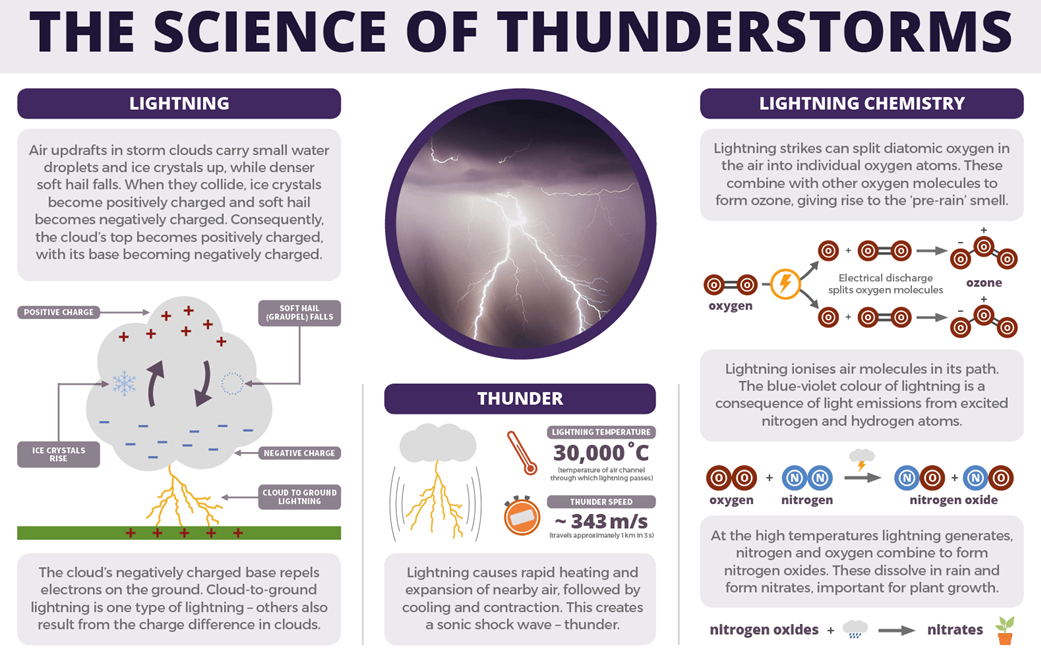Free Courses Sale ends Soon, Get It Now


Free Courses Sale ends Soon, Get It Now



Copyright infringement not intended
Picture Courtesy: https://mybestplace.com/en/article/relampago-del-catatumbo-the-spectacular-phenomenon-of-perennial-lightning
Context: The Catatumbo Lightning in Venezuela occurs almost nightly over Lake Maracaibo due to warm Caribbean air meeting cool mountain air, creating persistent lightning.
Details
About Lake Maracaibo
|
Lake Maracaibo is renowned for the Catatumbo lightning phenomenon, which occurs predominantly in the northwestern part of the lake. This lightning is one of the most frequent and intense in the world, often occurring nightly for around 300 days a year. The atmospheric conditions over the lake, influenced by its geography and climatic factors, create the ideal conditions for this unique natural spectacle. |

About Catatumbo lightning

Thunderstorm
Key features and characteristics of thunderstorms

Source:
|
PRACTICE QUESTION Q. 1. What is the primary cause of the Catatumbo Lightning phenomenon in Venezuela? A) Collision of warm Caribbean air with cool mountain air B) Volcanic activity beneath Lake Maracaibo C) Earth's geomagnetic field disturbances D) High concentrations of atmospheric ozone Answer: A |
© 2024 iasgyan. All right reserved